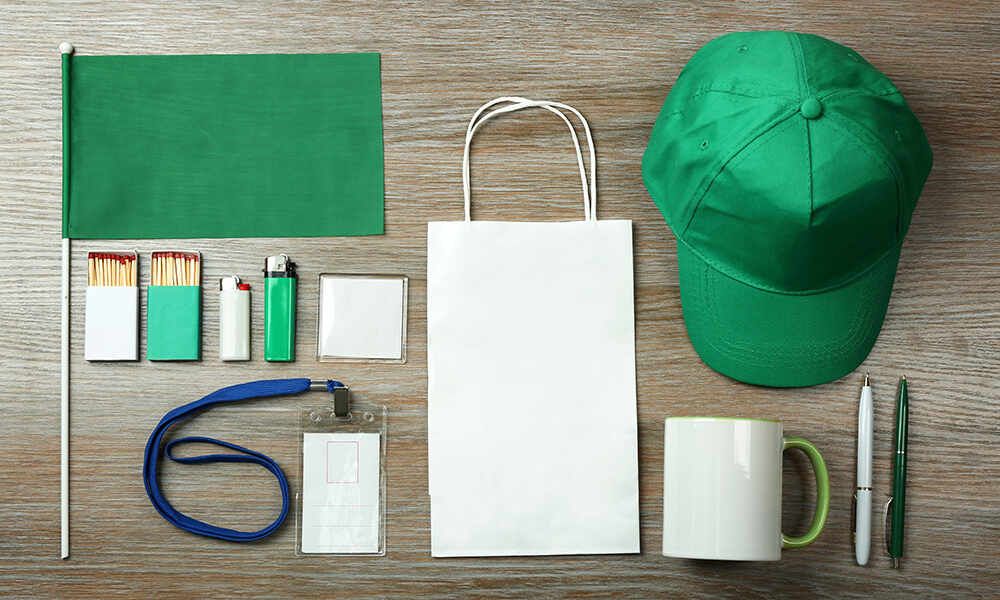Are Trade Shows Considered Advertising?
Business leaders looking to drum up new leads can greatly benefit from showcasing their products and services at an industry-wide trade show. One question that tends to leave corporate executives torn is, “Are trade shows considered advertising or a sales-centric event?” Learn how you can take part in a successful trade show with helpful tips from Oser Communications Group, a team that specializes in trade show marketing.
Trade Shows Reach Your Target Audience
A major reason why experts view trade shows as advertising material is because they often focus on a niche audience. Whether it be industry peers or potential clients looking for your products and services, every trade show has a unique group of attendees. It’s your responsibility to cater to that audience and make sure you advertise the show to them.
For example, if your target audience is young tech entrepreneurs, use social media and technology forums that those entrepreneurs are likely to frequent. Spread the message that you’ll be showcasing your brand at an industry trade show and that it will benefit them to attend.
You Meet with Prospective Clients Face-to-Face
How are trade shows considered advertising rather than sales-focused? A successful show satisfies both of these areas. Both regional and international trade shows bring together professionals who all share the same goal.
Getting your company’s name out there and meeting one-on-one with prospective clients is one of the most effective forms of advertising. You can introduce your business to those in attendance with an interactive demonstration highlighting your goods or services. The sole purpose of these demonstrations is to connect with potential clients and generate leads.
Trade Shows Enhance Traditional Advertising Methods
All of the standard and modern forms of advertising remain a staple when you’re gearing up for an industry trade show. The following marketing techniques play a crucial role in letting your audience know that you’ll be at an upcoming event:
- Pay-per-click ads
- Social media
- Print media
- Television and radio ads
Think of these forms of marketing as the opening act. You’ll need to use them to get the word out about your appearance at a future trade show. This helps establish your brand and also lets your target audience know how they can benefit from attending the event.
Once the trade show happens, it will serve as an extended form of advertising. The main difference is that meeting with attendees makes for a more interactive and personalized approach.
Prepare for Your Upcoming Trade Show with Professional Marketing Experts
Not only are trade shows considered advertising, but they also require the proper marketing strategy before they even take place. The experts at Oser Communications Group can take the lead when it comes to your advertising strategy so you can have a successful show. We’ll teach you how to qualify leads, create eye-catching trade show invitations, and much more.
Give Oser Communications Group a call at (520) 721-1300 to learn more about our services and how we’ll help you prepare for an upcoming trade show.


